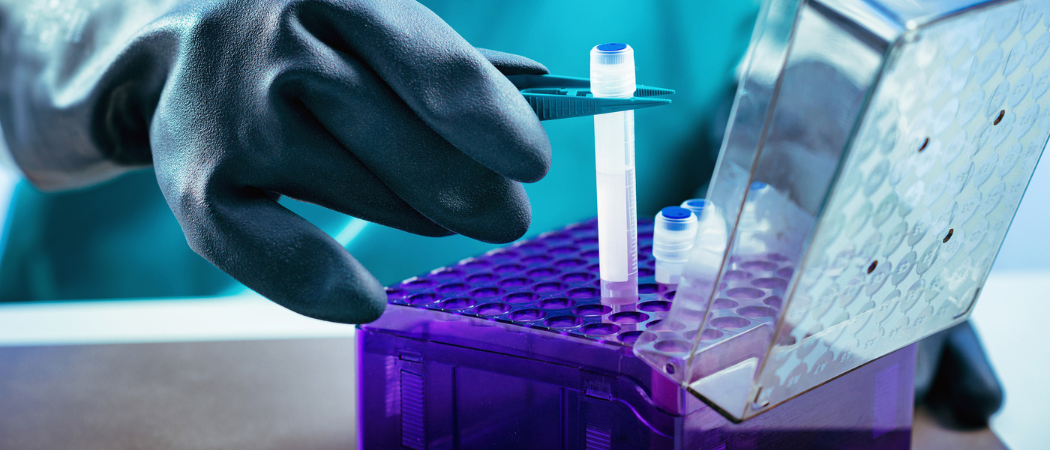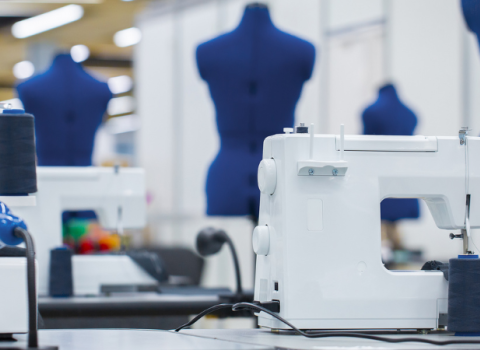A new centralised hub aims to encourage use of health data and samples, but there are several hurdles to overcome

Photo credits: astropix / BigStock
EIT Health Scandinavia has launched a new online hub to ease access to European biobanks and health data registries for researchers, and to share expertise on how to exploit these resources.
After adopting plans for the European Health Data Space (EHDS), the Commission’s next ambition is to create a single market for health data. But in the meantime, existing biobanks and data registries are not being used to their full potential. Worldwide, biobanks have reported utilisation rates below 10% for their samples.
EIT Health Scandinavia, part of the European Institute of Innovation and Technology (EIT), says its new centralised portal aims to circumvent the barriers, of unclear national legislation and a lack of awareness.
The portal is intended as “a catalyst for overcoming these challenges” by fostering collaboration, promoting best practice, and facilitating access to biobank and health data resources across Europe, said Annika Szabo Portela, managing director of EIT Health Scandinavia.
It has been set up in a collaboration with the European biobanking research infrastructure, a coalition of 23 countries and one international organisation, but any biobank or health data registry can add information about its services to the platform for free.
The one-stop-shop includes a database of the access requirements of each biobank and registry, and comparisons of the regulatory frameworks across different countries.
“Users can exchange insights, experiences, and best practice related to navigating national legislation and regulatory requirements,” said Szabo Portela.
There is a companion six-week online course, costing €30, giving an introduction to the practical, legal and ethical aspects of biobanks. The initial deadline to enrol is 1 July 2024, but there will be more opportunities to sign up in the future.
The EU sees increased data sharing as the key to advancing new, domestically manufactured drugs. Last month, MEPs adopted the final agreement on the EHDS, which will create new infrastructure, rules and standards for the re-use of anonymised health data for research, innovation and policymaking. The text specifically mentions biobanks as one of the resources data holders must make available.
While the new rules relating to research will only apply six years after the EHDS’s entry into force, Szabo Portela sees the EIT Health portal as a step towards its implementation. “By adhering to EHDS standards and guidelines, the platform can help facilitate a more seamless integration with the broader European health data ecosystem,” she said.
“Having one common access point to data from biobanks and genetics data is something small and mid-size companies are definitely very interested in,” Leander Vranken, senior policy officer at the European Confederation of Pharmaceutical Entrepreneurs, told Science|Business.
Unfulfilled promises
Biobanks and health data registries can inform the development of new drugs, Szabo Portela said. “By accessing samples stored in biobanks, companies can save time and costs associated with sample collection, storage, and processing.”
Biobanks store samples such as blood, tissue, cells or DNA, and related data, such as medical records. They mostly date to the early 2000s when scientists realised genomics had the potential to transform health research, but that this would require large amounts of data and samples.
At first, the samples were stored in researchers’ offices or hospitals, before various countries made an effort to build national repositories. But two decades later, biobanks are still struggling to take off, said Violeta Argudo-Portal, a researcher at the University of Barcelona who has studied biobank practices in Spain.
“We are finding that even though we now have centralised biobanks in many countries in Europe, they are not being used as much as expected,” she told Science|Business.
While a lack of awareness may be a factor, many researchers avoid using biobanks because they see them as overly bureaucratic, or because samples were not collected in the way the researcher requires, Argudo-Portal said.
There are many layers to what makes a sample suitable for use for any piece of research, and given this it is not only a matter of having a single register, even if the EIT portal “is an awesome tool that will be useful for many researchers,” she added.
“In the Spanish case, we have biobanks but the biomedicine legislation also allows researchers to have their private collections.” Once researchers secure funding for a project, having a private collection of samples it will usually be quicker and easier than going to a biobank.
“There is a contradiction between the European policy pushing for more sharing and a common way of working with biobanks and centralisation of the samples, and then the daily work of scientists,” said Argudo-Portal
While Scandinavia has a robust infrastructure of biobanks and data registries, Argudo-Portal believes it is “naïve” to presume the picture is just as rosy across Europe. “In Spain, it was only after the COVID pandemic that the national registry was put together, so there are different speeds.”





 A unique international forum for public research organisations and companies to connect their external engagement with strategic interests around their R&D system.
A unique international forum for public research organisations and companies to connect their external engagement with strategic interests around their R&D system.